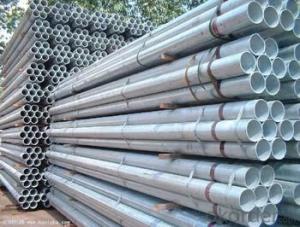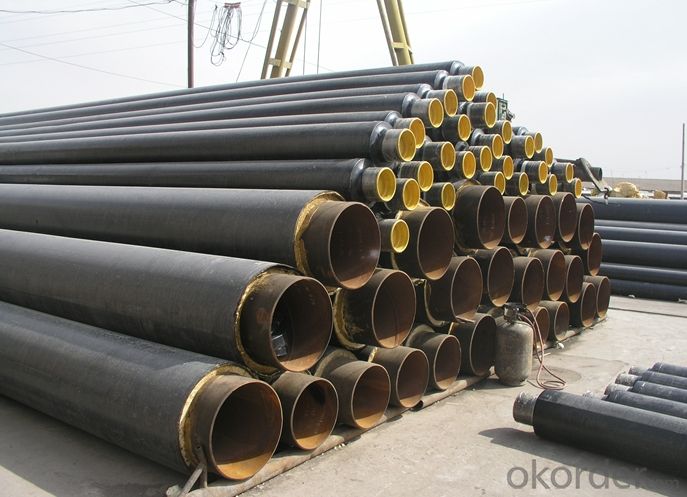We have come across this great article on Eco-Friendly Plumbing Practices for a Greener Home below on the internet and concluded it made good sense to talk about it with you on this site.

Selecting environmentally friendly plumbing products not just helps in reducing your environmental footprint yet additionally can improve the sustainability and effectiveness of your home. Here's an overview to aid you navigate the choices for even more ecologically aware plumbing options.
Consider the Product's Life expectancy
Opt for pipes materials that use toughness and durability. Longer-lasting products imply less replacements, reduced waste, and reduced long-lasting environmental influence. For example, copper and stainless-steel are both highly sturdy and 100% recyclable, which assists reduce waste.
Look For Recycled Material
Choose products that contain recycled material. Many steel plumbing items, like those made from copper and stainless-steel, typically include a substantial percentage of recycled products. PVC and PEX can likewise include recycled plastics, though their total environmental influence may be greater as a result of their production and disposal processes.
Examine the Manufacturing Process
Seek products produced through eco-friendly procedures. This includes materials like actors iron or copper, which can be produced with a fairly reduced environmental effect contrasted to plastics that require chemical-intensive manufacturing processes.
Focus On Water Performance
Picking water-efficient fixtures, such as low-flow commodes, taps, and showerheads, is essential. These components lower water usage, which not only reduces your water expense yet likewise lowers the power eaten in water home heating and reduces the pressure on sewer therapy facilities.
Choose Non-Toxic Materials
Avoid products that leach chemicals into the water. Copper and PEX are typically safe, but it is very important to make certain that any kind of plastic elements do not contain hazardous chemicals like BPA or phthalates, particularly for drinking water lines.
Take Into Consideration the Energy Required for Water Heating
Select plumbing designs and materials that minimize the energy required for home heating water. Protecting your warm water pipelines and picking reliable system layouts can considerably reduce the energy utilized, therefore minimizing your home's total carbon impact.
Go With In Your Area Sourced Products
Utilizing locally sourced materials can minimize the carbon discharges connected with transportation. Additionally, supporting local businesses aids advertise a lasting regional economy.
Evaluate End-of-Life Disposal
Take into consideration the recyclability and biodegradability of plumbing materials. Steels like copper and steel are often recyclable, while some plastics and rubbers could not be, contributing to landfill waste. Recognizing the lifecycle of the products you pick can assist in making a much more sustainable choice.
Try to find Accreditations
Seek out items with environmental certifications. Certifications like EPA's WaterSense, GREENGUARD, or Cradle to Cradle (C2C) show that products meet rigorous environmental standards throughout their lifecycle.
Verdict
Selecting environment-friendly plumbing products includes taking into consideration the longevity, recycled material, manufacturing procedure, water and power efficiency, poisoning, sourcing, disposal, and certifications of the items. By making informed selections, property owners can significantly reduce their ecological impact while making sure the efficiency and long life of their plumbing systems.
The Impact of Plumbing Materials on the Environment
When buying a home you may be interested in having a sustainable home, and one of the most important aspects that you should not overlook the plumbing systems. With water contamination getting more and more common lately, it’s important to understand how plumbing systems work and their impact on the environment. Drinking water is carried through these pipes everyday and when choosing plumbing materials we must consider ecological toxicity, air pollution, fossil fuel depletion, and global warming.
Low Cost
When buying a home you may be looking for the cheapest way to be sustainable. Although some environmentally-friendly products may be somewhat more expensive than their competitors, money will be saved in the form of reduced water usage and decreased energy consumption in the long run.
A Life Cycle Inventory of residential plumbing systems done in 2011 showed that CPVC systems demonstrate 5% less energy waste than PEX systems and 17% less than copper. This study also indicated that CPVC systems wanted 30% less water than copper and 15% less than a PEX system. These numbers are likely due to the differences in thermal conductivity between these materials.
Copper has a thermal conductivity that is hundreds of times higher than plastics. PEX materials are the least thermal conductive of the three tested and this is why it is better in conserving water and energy.
Sustainability
While environmental performance is important, people can still be concerned about the sustainability of their home. The use of proper plumbing materials when building a home can greatly affect the future sustainability of the home, which can also affect future costs and bills.
A relatively new factor in plumbing, eco-friendly pipe materials can reduce both energy costs, and the overall environmental footprint of your home. These materials are not as widely available due to their recent introduction to the industry, but an understanding of the benefits of each can help save both money and the environment later down the line.
Environment-Friendly Materials
The two most common types of piping material in use today are metals like iron and copper, and PVC piping. Of the two, metal piping is more environmentally friendly and sustainable, but not without drawbacks.
PVC piping however, is notorious for low sustainability, contaminating water with chemicals, and increased waste or “greywater”. While PVC is recyclable, the process is expensive and not in high demand due to the cheap price of fresh PVC.
Metal piping however, has a longer lifespan with less chance of deterioration and no harmful chemical waste that could contaminate your water and potentially harm you or your family. Metal piping is susceptible to corrosion however, usually after a long fifty year lifespan.
The best alternative to these two pipings is relatively new eco-friendly plastics like the ones mentioned earlier. Polyethylene and polypropylene are the two main ingredients in these pipes which are recognized by Greenpeace, an environmental organization, to be the only “future-friendly” piping material on the market.
The more natural and longer lasting materials prevent long term contamination with eco-friendly materials that last long enough to rival the longevity of metal piping. Even local Atlanta plumbers and plumbing installers should have access to the materials you need to make your house eco-safe.
https://www.ecomena.org/impact-of-plumbing-materials-on-environment/

Hopefully you enjoyed reading our article on A greener guide to plumbing materials. Thank you for taking time to read through our article post. Enjoyed our piece? Please share it. Let somebody else check it out. Thanks so much for taking the time to read it.
Schedule Today!
Comments on “How to Select Eco-Friendly Plumbing Materials”